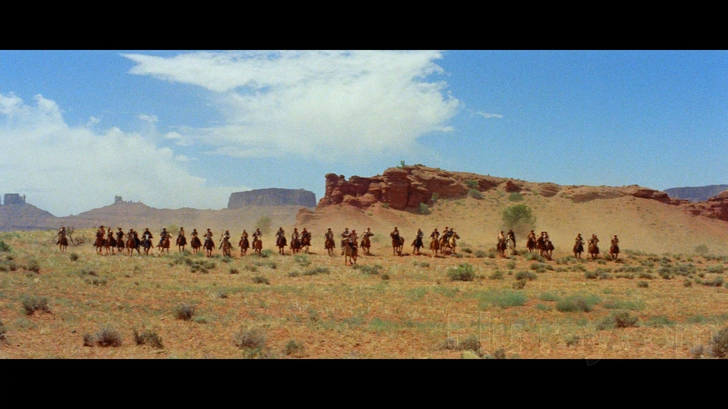
The Comancheros were primarily Mexican traders in northern and central New Mexico Territory who made their living by trading with the nomadic Great Plains Indian tribes, in northeastern New Mexico and West Texas. Comancheros were so named because the Comanches, in whose territory they traded, were considered their best customers. They traded manufactured goods (tools and cloth), flour, tobacco, and bread for hides, livestock and slaves from the Comanche. As the Comancheros did not have sufficient access to weapons and gunpowder, there is disagreement about how much they traded these with the Comanche.
In 1719, the Comanches made the first recorded raid for horses upon the settlements of the Rio Grande Valley. For the next 60 years, the relations of the Comanches with the Spanish and Pueblo settlements was a patchwork of alternate trading and raiding, with different bands being sometimes at peace and sometimes at war with the settlements along the Rio Grande. During the mid-18th century (1750–1780), the plains tribes, notably the Comanche, but also the Apache and other tribal groups, raided the Pueblos and Spanish settlements for horses, corn and slaves with ever-increasing frequency. This continued until 1779, when a 500-man army led directly[1] by the new young governor, Juan Bautista de Anza, and including 200 native auxiliaries, undertook a punitive expedition against the largest and most active group of Comanche raiders, who were led by a man known as Green Horn (Cuerno Verde), and, surprising the Comanches in their camp, killed Green Horn and dealt a severe defeat to the Comanches.[1] This show of force resulted in various Comanche war leaders acceding to peace over the next several years.[2] By the end of 1785 all, or substantially all, of the Comanche bands had agreed. On 28 February 1786 at the Pecos Pueblo a treaty between the Comanche and the Spanish in New Mexico was signed between Governor de Anza and Ecueracapa, a Comanche war chief who had been selected as a plenipotentiary for the Comanche nation.[3]
From the 1780s until the mid-19th century, the Comanchero trade flourished at different locales on the Southern High Plains, notably in northeastern New Mexico at Cejita de Los Comancheros in present-day Harding County and in the Palo Duro Canyon area of Texas near Quitaque in present-day Briscoe County.
Josiah Gregg described these traders as, "These parties of Comancheros are usually composed of the indigent and rude classes of the frontier villages, who collect together several times a year, and launch upon the plains with a few trinkets and trumperies of all kinds, and perhaps a bag of bread or pinole."[4] Some historians and writers have referred to the Comancheros as Mexican traders. While traders from Mexico were occasionally involved with the Comanchero trade, by far the majority were from New Mexico, Hispanics and people of mixed ethnicity. New Mexicans of the time were the descendants of the Spanish colonial settlers and soldiers and the Native American peoples of New Mexico. The Native American people in New Mexico included the Pueblo, the Comanche, the Apache, the Kiowa, and the Navajo. The Comancheros are distinguishable from the Ciboleros, the buffalo hunters from New Mexico. Both Comancheros and Ciboleros, however, were primarily Hispanics from New Mexico.


No comments:
Post a Comment